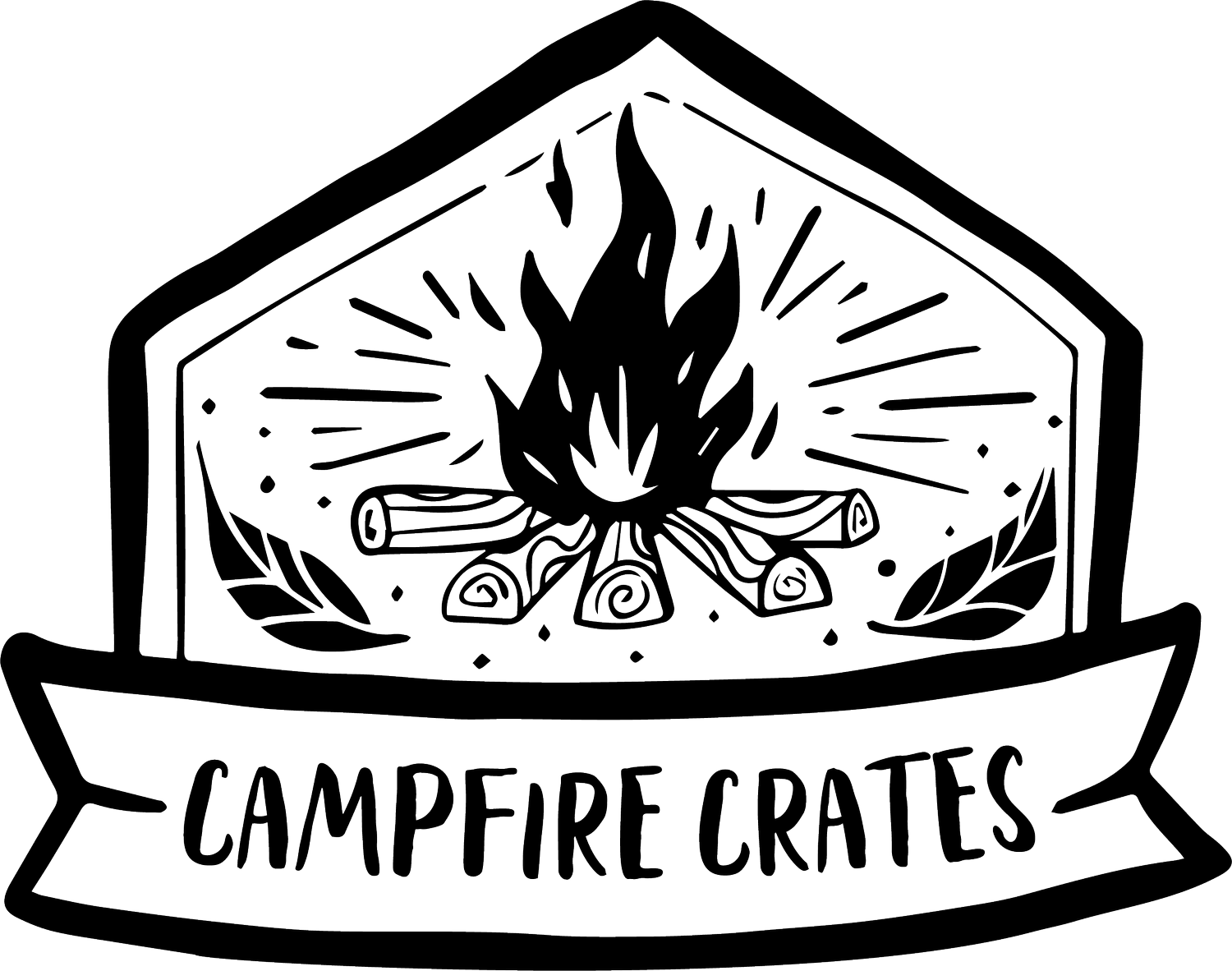Teaching Filipino to Our Kids: A Journey of Surprising Moments
Last summer, we were wrapping up lunch at a cozy little restaurant in Siargao. The kids were getting restless, so I gave them the signal to gather their things. Just as we were about to head outside, I noticed there wasn’t a single tricycle in sight! Naturally, I told them to head back inside until one arrived. That’s when my five-year-old, with all the exasperation a little voice could muster, blurted out, “Ano ba yan!” (What is this?!)
To say I was shocked would be an understatement! There we were, in the middle of a bustling restaurant, and my little one just threw in some casual Filipino like it was nothing. We all cracked up, but it struck me just how much kids absorb, even when we don’t realize it. This tiny moment was proof that they’re paying attention, quietly picking up words and phrases we sprinkle throughout the day. Language is as much about these natural moments as it is about formal learning.
In these small but special moments, I see that my kids—though not yet fluent—are truly heritage language learners, building their connection to Filipino bit by bit.
Why Teaching Filipino to Your Kids Matters
Teaching our kids Filipino is about more than just words. It’s a way of connecting them to a part of their identity they might not fully understand yet but will likely appreciate as they grow. Language holds our history, values, and worldview, and sharing this with our kids roots them in the richness of their heritage. When they speak Filipino, even a few words, they open doors to relationships with family, gain insight into traditions, and feel a sense of belonging. For multicultural kids, learning Filipino isn’t just about language; it’s about having a meaningful connection to all sides of who they are.
So, You Want to Teach Your Kids Filipino? Join the Club!
Getting our kids to speak Filipino is one of the reasons Campfire Crates was born! Many of us face the same struggles with humor, patience, and hope. And it turns out that this journey is common among “heritage language learners”—a term I first heard on NPR’s Life Kit podcast. Realizing that my kids are heritage language speakers, not native speakers, helped me adjust my expectations and approach.
Here are some practical tips for nurturing your own Filipino language journey with your kids:
9 Tips for Teaching Filipino to Your Heritage Language Learners
Acknowledge the Difference: We’re raising heritage language speakers. They might not sound like native speakers, and that’s okay!
Recognize Their Strengths: Kids are often ahead of where we think they are, quietly soaking in more than we know—just like my child’s “Ano ba yan” moment.
Avoid Comparisons: Family back home may wonder why your kids aren’t fluent. Comparing them to native-speaking kids won’t help and can discourage them.
Keep the Long View: Language learning is a long journey, and children often return to their roots as they grow. They might be uninterested now, but who knows? They may reclaim it later.
Be Patient: Language mastery takes time, so celebrate every little milestone.
Know Your Why: Stay grounded in your reasons for teaching Filipino, whether it’s for family connections, cultural pride, or rooting them in heritage.
Encourage Input and Output: Give your kids plenty of opportunities to listen, speak, read, and write Filipino. Stories, music, or simple conversations all help.
Embrace Our Role: As parents, we carry the responsibility to keep the language alive for the next generation.
Celebrate Every Win: From a single word to a full sentence, each bit of progress is something to be proud of.
Want More Filipino-Inspired Ideas? 🌟
Campfire Crates was made with this purpose in mind: to be a tool for parents who want to help their kids connect to their Filipino roots, one story, word, and activity at a time. Check out our Activity Books on Amazon for ways to help teach Filipino and deepen family connections.
For more guidance, explore our blog:
Here’s to raising kids who know where they come from, linguistically and culturally. And remember, even the smallest “Ano ba yan” is a step in the right direction!
Until next time, keep those campfires burning! 🌍❤️
Sa uulitin,
Camille & the Campfire Crates Team
P.S. Don’t forget to tag us on social if you share your own language-learning moments—we’d love to see! #CampfireCrates






